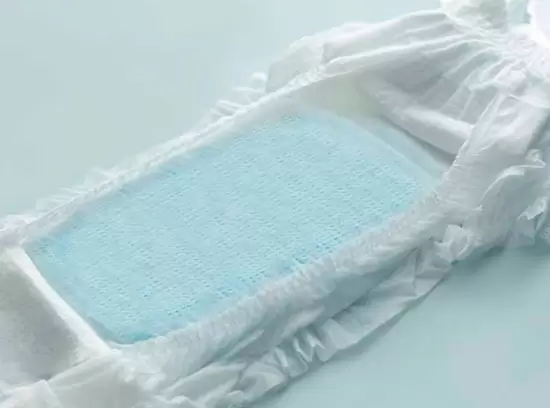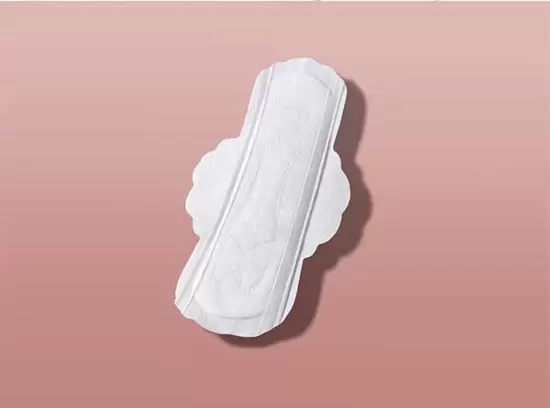With the significant growth of the global disposable moisture wipes market, consumer demands for ingredient transparency are also increasing. According to research, increasing consumer demand for naturally sourced, gentle and environmentally friendly products has driven the premiumization of the disposable moisture wipes market. Environmental aspects have increased the demand for biodegradable moisture wipes, which are more competitive with traditional personal care and cleaning products. While more and more consumers are looking for functional biodegradable and natural products, our brands are also looking for ways to ensure product performance and ensure market competitiveness.
A brand’s competitive advantage in moisture wipes comes from the overall performance of the product. Therefore, our brands consider strength, absorbency and tactility, as well as additional properties such as biodegradability, when selecting fibers. Pure cotton is a powerful alternative to synthetic fibers, not only because of their properties, but also because of consumer calls for more sustainable, biodegradable products that help protect the environment.
1. Natural absorption, mild touch and biodegradable moisture wipes
Most moisture wipes on the market use synthetic fibers because they are strong and tear-resistant. However, these fibers lack absorbency and are not biodegradable. On the other hand, cotton cellulose fibers are naturally absorbent. Their hollow structure allows them to absorb moisture into the inner fibrous structure, allowing end products such as disposable moisture wipes to hold more liquid for very effective and gentle cleaning of surfaces. Excellent embossing properties create a permanent structure in both wet and dry states, further enhancing the moisture wipes’ wicking and cleaning properties. Best of all, cotton fibers are biodegradable, soft to the touch and gentle on the skin.
2. Customize wet wipes according to market demand
Beyond performance, our brands are looking for sustainable products that can be customized for different end applications. Products can be adjusted for strength and tear resistance in wet and dry conditions. Additionally, the wet processing stage builds random orientation in the fibrous matrix, resulting in balanced tear resistance in all directions. As a result, eco wet wipes produced under this technology do not stretch too much when pulled from the package, as it often occurs on normal carded spunlace substrates.
Considering the ever-changing consumer habits, it is increasingly important to focus on the sustainability of raw materials used in nonwoven products. Shifting our product lines to more natural and environmentally friendly materials may enhance product appeal, creating opportunities for manufacturers, brands and retailers. And continuous innovation and addressing sustainable needs will enable the entire supply chain to adapt to changing consumption trends, driving the circular economy movement forward.
Our choice to be more sustainable does not mean compromising on quality or performance. Thanks to the development of new technologies, fabrics and eco wet wipes can now be customized for specific uses to meet the needs of consumers. Also, while we are promoting a greener planet, 100% biodegradable cotton fibers are now also available for higher performance nonwoven applications.













